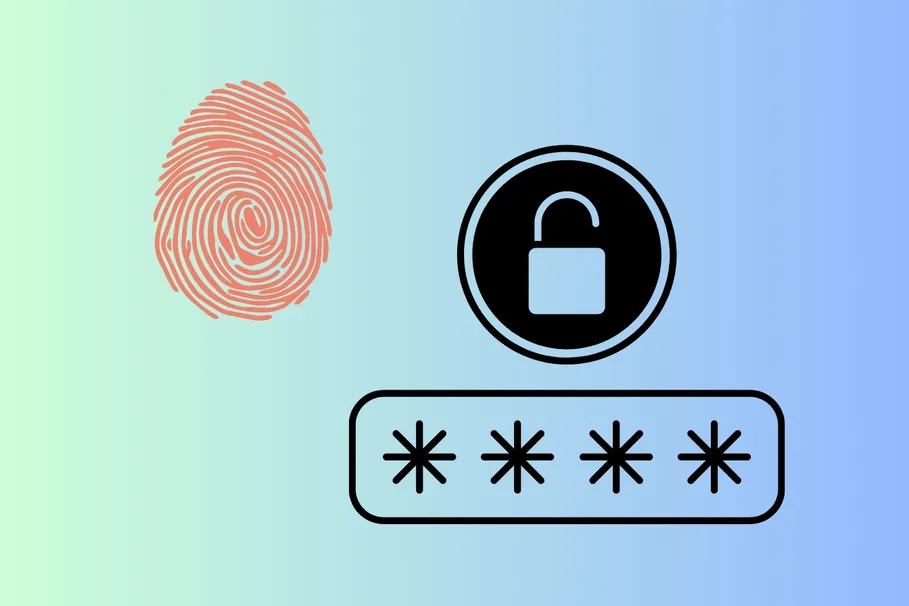Biometric technology, once a futuristic concept confined to science fiction, is now an integral part of our daily lives. From unlocking our smartphones with a fingerprint to passing through airport security with facial recognition, biometrics promises convenience and enhanced security. But as with any powerful technology, it also raises significant concerns about privacy. Let’s delve into the intricate dance between biometric innovation and personal privacy.
What is Biometric Technology?
Biometric technology refers to the identification and authentication of individuals based on their unique physical or behavioral traits. These can include:
- Fingerprints
- Facial recognition
- Iris and retina scans
- Voice recognition
- DNA
- Behavioral patterns such as typing rhythm or gait
The allure of biometrics lies in its ability to provide a more secure and convenient way to verify identities compared to traditional methods like passwords or PINs.
The Bright Side: Security and Convenience
Enhanced Security
Biometric data is unique to each individual, making it a robust security measure. It’s much harder to replicate a fingerprint or an iris pattern than to guess a password. This added layer of security helps protect sensitive information and reduces the risk of fraud and identity theft.
Convenience
Who hasn’t struggled to remember a myriad of passwords? Biometrics eliminate this hassle. A quick fingerprint scan or facial recognition check can unlock devices, access secure areas, and even authorize payments. This seamless integration into daily tasks saves time and enhances user experience.
The Dark Side: Privacy Concerns
While the benefits of biometric technology are compelling, they come with substantial privacy challenges.
Data Security
Biometric data, once compromised, cannot be changed. Unlike a password, you can’t reset your fingerprint or iris pattern. This permanence means that if biometric data is stolen, the consequences are potentially lifelong. Ensuring the security of biometric databases is, therefore, paramount.
Surveillance and Misuse
The use of biometric technology by governments and corporations can lead to increased surveillance. Facial recognition cameras in public places, for instance, can track individuals without their consent, raising concerns about the erosion of privacy and civil liberties.
Consent and Ownership
Who owns your biometric data? How is it stored and used? Often, individuals are not fully aware of how their data is being handled. There are concerns about consent, transparency, and the potential for misuse or abuse of biometric information.
Striking a Balance: Regulation and Awareness
To harness the benefits of biometric technology while protecting privacy, several measures need to be considered:
Robust Legal Frameworks
Governments must establish stringent regulations to govern the collection, storage, and use of biometric data. These laws should ensure that individuals’ rights to privacy are upheld and that there are clear consequences for misuse.
Transparency and Consent
Organizations using biometric data should be transparent about their practices. Users must be fully informed about how their data will be used and provide explicit consent. This transparency builds trust and ensures individuals retain control over their personal information.
Advanced Security Measures
Investment in cutting-edge security technologies is essential to protect biometric data. This includes encryption, secure storage solutions, and regular security audits to identify and mitigate potential vulnerabilities.
Conclusion
Biometric technology holds immense potential to enhance security and streamline everyday tasks. However, the privacy implications cannot be ignored. Striking a balance between leveraging biometric advancements and safeguarding privacy is crucial. Through robust regulations, transparency, and advanced security measures, we can ensure that biometric technology serves us without compromising our fundamental right to privacy.


